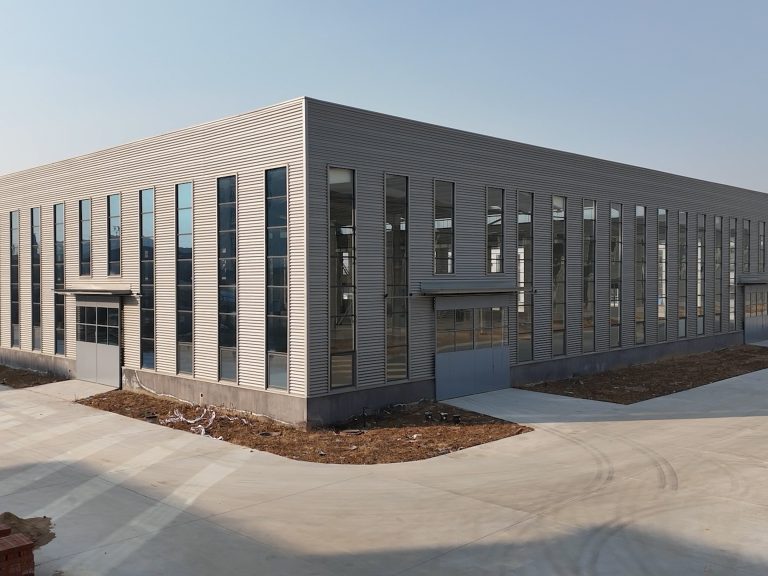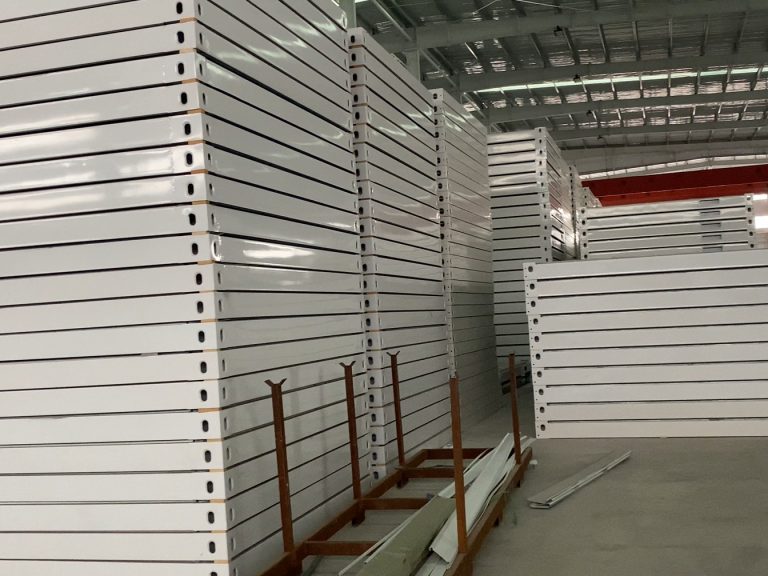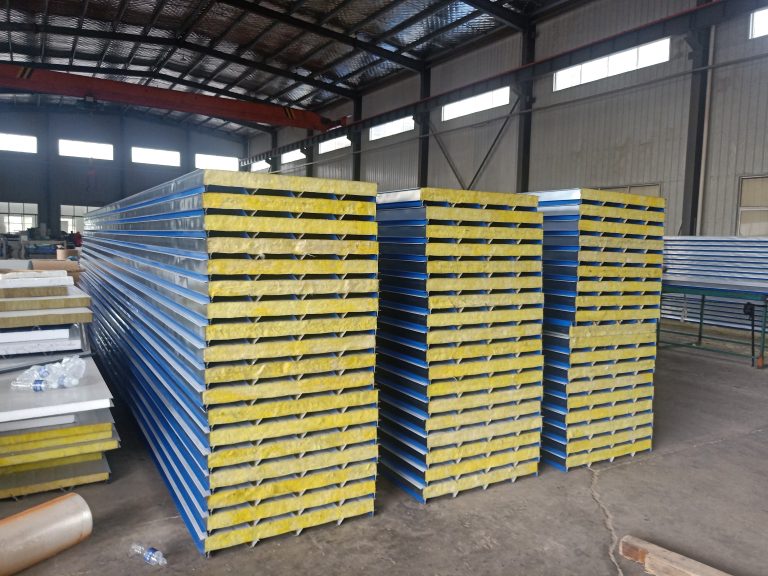Importance of Quality Inspection and Acceptance
Quality inspection and acceptance of building components after anti-corrosion spraying is a crucial step in ensuring the durability and safety of a structure. It is essential to thoroughly check the components for any defects or imperfections that may compromise the integrity of the building. In this article, we will discuss the importance of quality inspection and acceptance, as well as provide some tips on how to carry out this process effectively.
One of the main reasons why quality inspection and acceptance are important is to ensure that the building components meet the required standards and specifications. By thoroughly inspecting the components, you can identify any issues or defects that may have occurred during the anti-corrosion spraying process. This can help prevent potential problems in the future and ensure that the building is safe for occupancy.
Another reason why quality inspection and acceptance are important is to maintain the reputation of the construction company. By delivering high-quality building components, you can build trust with your clients and establish a positive reputation in the industry. On the other hand, if you fail to carry out proper inspection and acceptance, it can lead to costly repairs and damage to your company’s reputation.

To carry out quality inspection and acceptance effectively, it is important to follow a systematic approach. Start by creating a checklist of all the components that need to be inspected, including beams, columns, and other structural elements. Inspect each component carefully, looking for any signs of damage, corrosion, or other defects. Pay close attention to areas that are prone to corrosion, such as joints and connections.
When inspecting the components, it is important to use the right tools and equipment. This may include a flashlight, magnifying glass, and measuring tape. Make sure to document any defects or issues that you find, and take photographs if necessary. This will help you keep track of the inspection process and provide evidence of any problems that need to be addressed.
In addition to visual inspection, it is also important to conduct non-destructive testing to ensure the quality of the building components. This may include ultrasonic testing, magnetic particle testing, or dye penetrant testing. These methods can help detect hidden defects that may not be visible to the naked eye.
Once you have completed the inspection process, it is important to create a detailed report outlining the findings. This report should include a description of the components inspected, any defects or issues found, and recommendations for corrective action. Make sure to share this report with the relevant stakeholders, including the construction team and the client.
In conclusion, quality inspection and acceptance of building components after anti-corrosion spraying are essential for ensuring the safety and durability of a structure. By following a systematic approach and using the right tools and equipment, you can identify any defects or issues that may compromise the integrity of the building. This will help you maintain a positive reputation in the industry and ensure the satisfaction of your clients.







